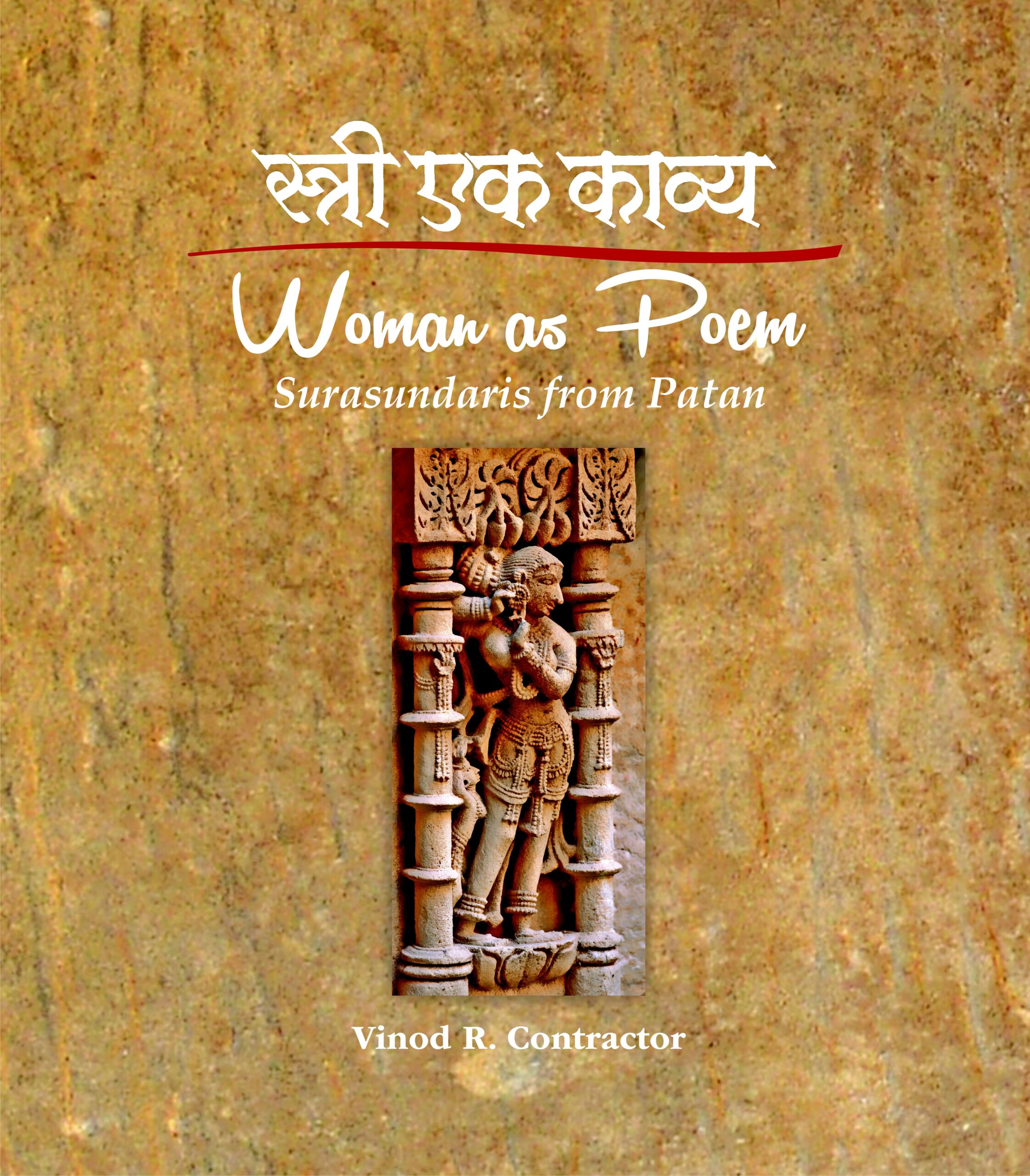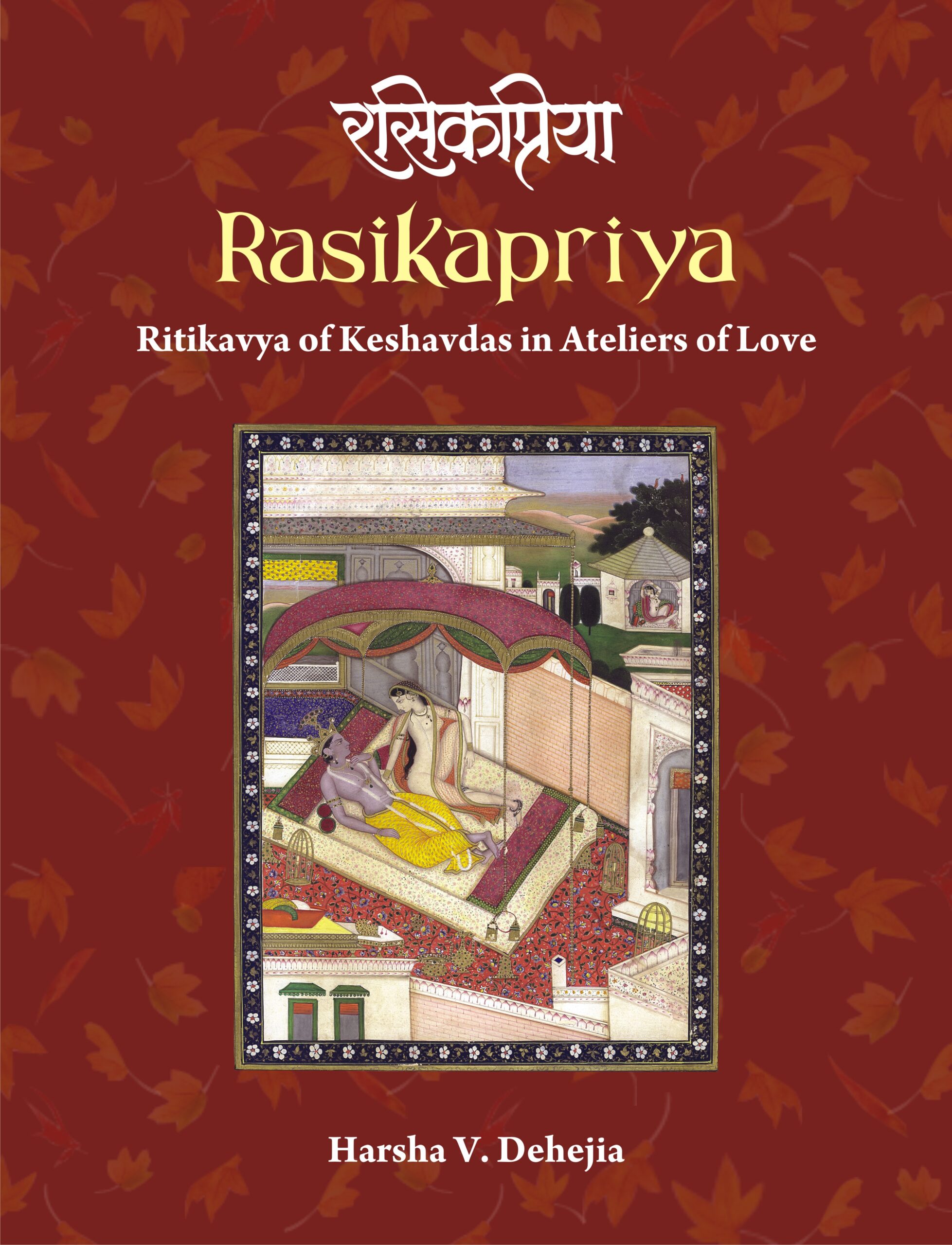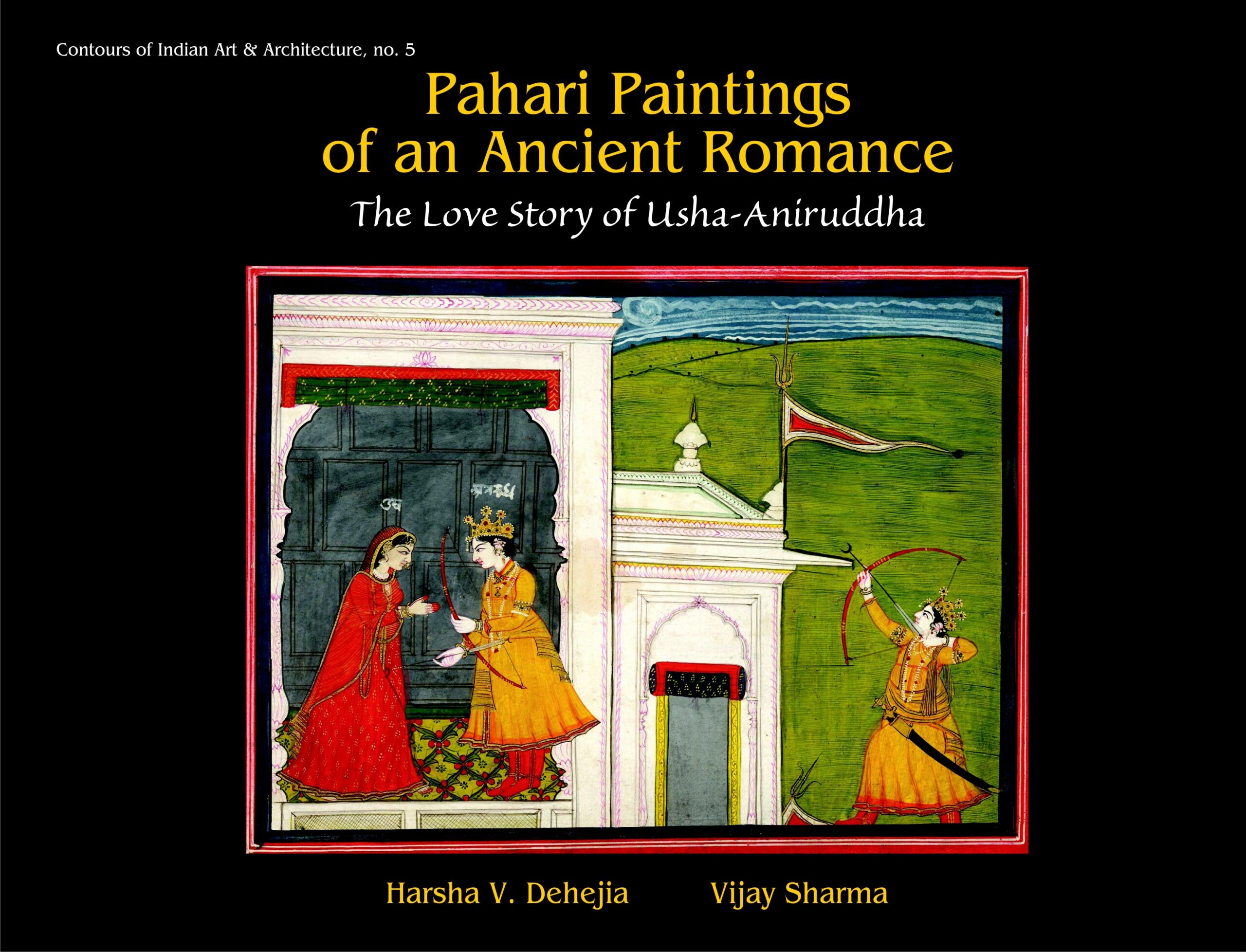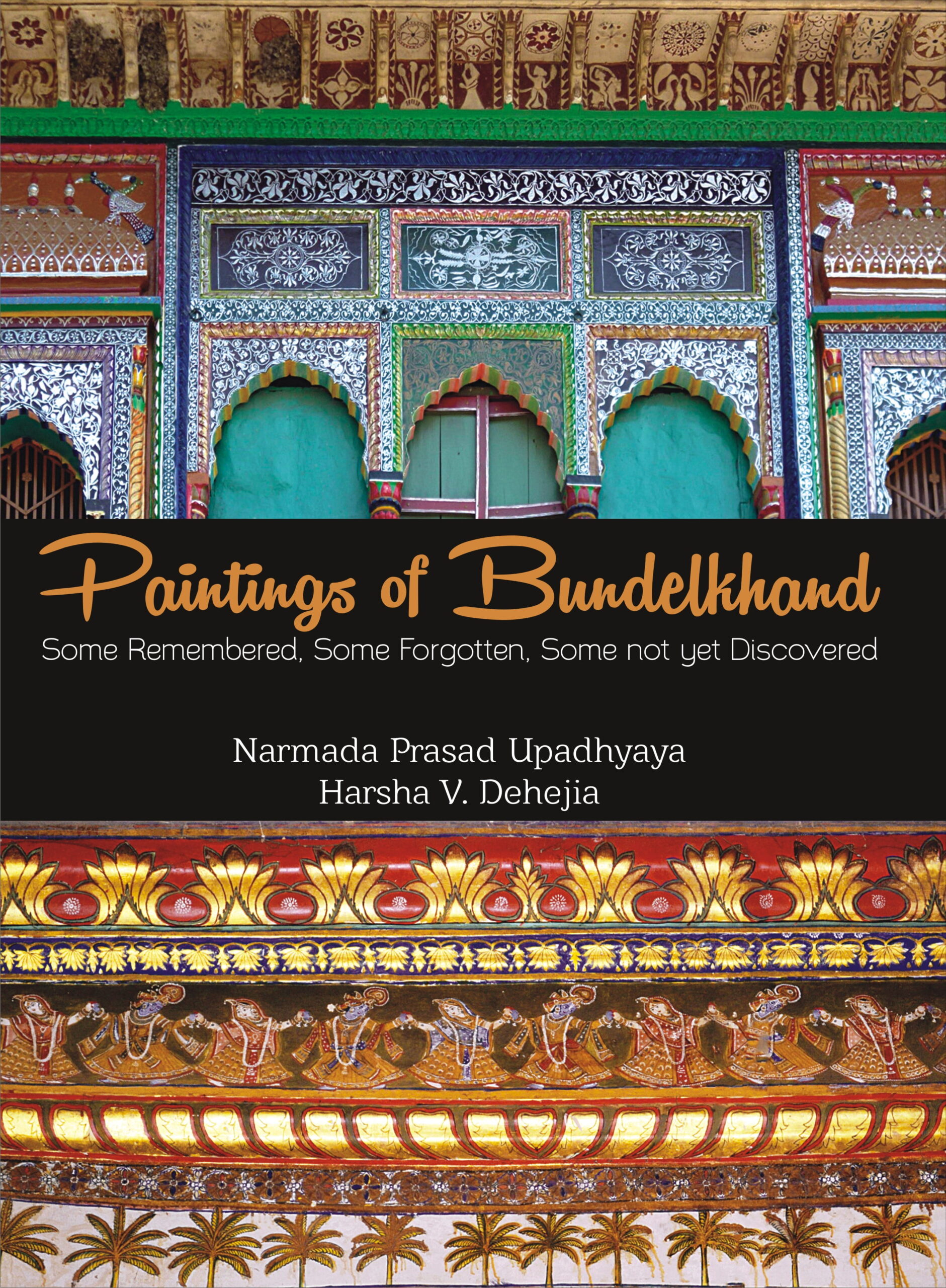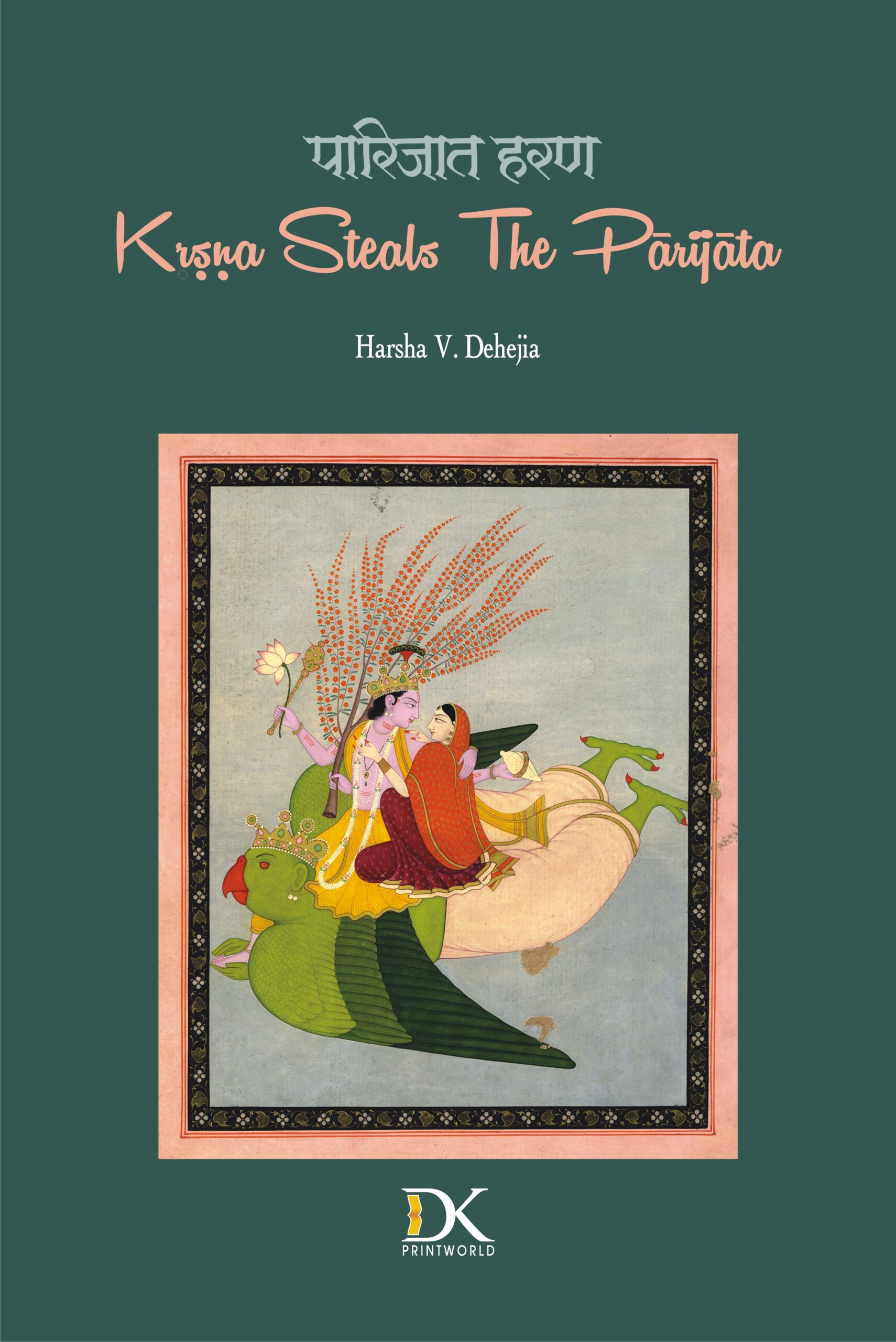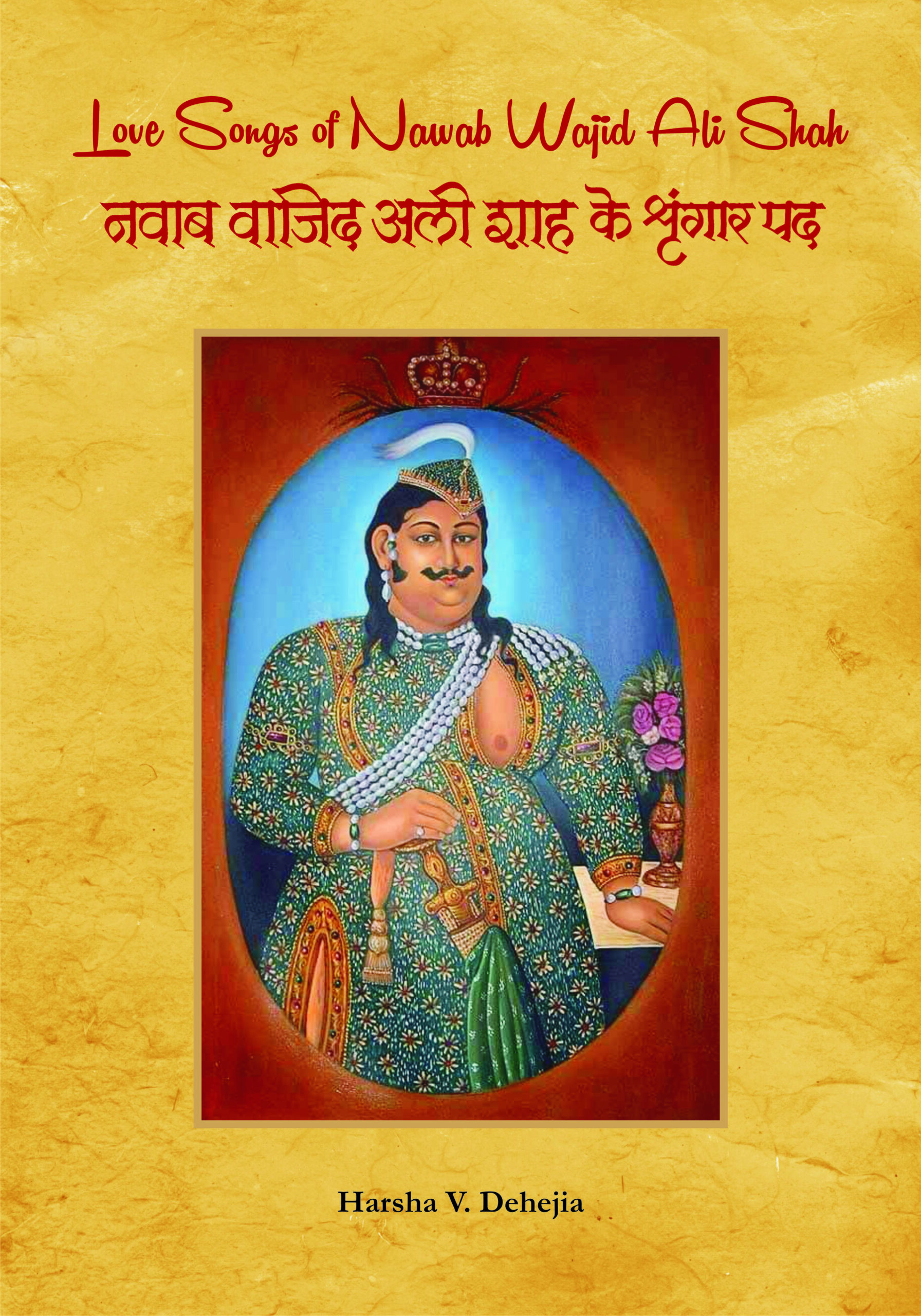

Kalidasas Nayikas...
Kalidasas Nayikas
by: Harsha V. DehejiaKalidasas world in of hallowed human grace, of emotional fulfilment and unsurpassed elegance of its habitat. Leading us to that rich, intimate and beautiful mind of Kalidasa are the nayikas of his plays and poems. The book sparkles with literary grace and painterly elegance and is a welcome addition to the world of Kalidasa.
₹1,595.00 Original price was: ₹1,595.00.₹1,436.00Current price is: ₹1,436.00.
ISBN: 9788124609606
Year Of Publication: 2019
Edition: 1st
Pages : 126
Language : English
Binding : Hardcover
Publisher: D.K. Printworld Pvt. Ltd.
Size: 29
Weight: 950
To enter the mind of Kalidasa is to enter a world of colour and music, a world of beauty, of regal spaces and mythic narratives, of sensuous nayikas and sonorous sounds, of evocative words and ornamented phrases, of unhurried elegance and silken shringara, of serene hermitages and opulent havelis, of changing seasons with their unique flora and fauna, of pathways in the sky that look down upon the earth in their journey, and above all of the beauty of human emotions; in short it is a world of hallowed human grace, of emotional fulfilment and unsurpassed elegance of its habitat. Leading us to that rich, intimate and beautiful mind of Kalidasa are the nayikas of his plays and poems. To follow in their footsteps is to be coloured by the many hues of shringara, to be touched by the many textures of royal and political intrigue and above be enriched by a world of human longing and desire.
Harsha V. Dehejia leads a team of scholars who explore the many-faceted nayikas of Kalidasa and takes us into the hushed ambience of the havelis, palaces and ashrams of ancient India. Bringing these nayikas alive with paintings is the renowned miniaturist Vijay Sharma.
The book sparkles with literary grace and painterly elegance and is a welcome addition to the world of Kalidasa.

- Sale!Across the South of Asia by: Robert DeCaroli, Paul A. Lavy,
₹1,700.00Original price was: ₹1,700.00.₹1,530.00Current price is: ₹1,530.00.All too often, modern scholarship limits its scope according to the boundaries of contemporary nations and current geopolitical borders. Academic expertise frequently ties itself artificially to these pre-defined spaces and in so doing often does a disservice to the past. It is no great revelation to point out that people of the past defined the limits of their political and cultural reach in ways that were very different from those found on modern maps. Ancient rulers, merchants, and priests understood the reach of their influence and defined foreignness in ways that would be deeply unfamiliar to those only knowledgeable of the modern world. Yet, despite the well-recognized truth in these observations, it is still relatively rare for scholars to research in ways that transcend modern boundaries.
This collection of essays invites readers to take a broad view of South Asian art and culture by providing a wide geographic and chronological scope. The articles are united only by their focus on art historical and archaeological concerns and their concentration on South Asia ranging from Afghanistan to the island kingdoms of Indonesia. Each essay on its own constitutes a solid, well-grounded academic study, but taken collectively they provide a wide and inclusive view of issues of art and material culture that span the region and invite comparison.
By taking this approach, this volume is a tribute to Prof. Robert L. Brown whose lifetime of teaching has always emphasized connections as well as differences. Over his professional career, he has trained a large cohort of students (many of whom are contributors to this volume) whose expertise truly does reach across the south of Asia. - Sale!Absence of the Buddha Image in Early Buddhist Art by: Kanoko Tanaka
₹1,500.00Original price was: ₹1,500.00.₹1,350.00Current price is: ₹1,350.00.It is next to impossible today to even think of Buddhism without the presence of the Buddha image! The image of the Buddha, in truth, has not only come to symbolise the essence of Buddhism but is also a brilliant expression of the cultural/artistic achievements of the Buddhists since ancient times. Surprisingly, the Buddha image developed at a later stage of the evolutionary process; after the parinirvana of the Buddha, the Buddhists for a considerable time beheld the Buddha and experienced him in their own minds without taking recourse to the Buddha image itself. In Absence of the Buddha Image in Early Buddhist Art, Dr. Tanaka, a well-versed scholar, has for the first time ever explored the absence of the Buddha image in Buddhist art particularly in the period from third century bc to late first century ad in order to rediscover the significance of this phenomenon. Dr. Tanaka observes Bharhut and Sanchi sculptures to point out the most essential motifs and elements of stupa-art design the visible facts pertaining to the absence of the Buddha image. The author studies the religious, philosophical, artistic and political significance of the visible facts, highlighting the concept of the empty throne as the motif representative of that absence. She applies the empty throne concept to the sanctuaries of monotheistic religions, and thus undertakes a comparative study of Buddhism and other religions, particularly, Zoroastrianism, Judaism, Christianity, Islam and Sikhism to suggest that present-day discussions on the linkage between religions can centre on this theme. The dexterous handling of the topic combined with the authors use of first-hand research material makes this an erudite study. The directness in the authors approach and the unwavering eye on the theme sustains the interest throughout. An abundance of visual material, i.e., drawings and photographs, and tables immensely aid in analysis of the visible facts. This intense work on a rich theme offers well-researched and interesting material that will be useful to scholars of religious studies, fine arts and even philosophy.
- Sale!Birds and Animals in Mughal Miniature Paintings by: Zaheda Khanam
₹1,600.00Original price was: ₹1,600.00.₹1,440.00Current price is: ₹1,440.00.The depiction of flora and fauna has been an intrinsic part of Indian painting traditions. The Mughals in their turn, in their fascinating paintings, used the bird and animal imagery to lend a special quality to their art of painting. This book, with over 70 illustrations, is a survey of the birds and animals used in Mughal paintings, especially during the reigns of Emperors Akbar and Jahangir. With historical details, it shows that the depiction of various kinds of birds and animals played a significant role in conformity with the context or the demands of the narratives. The artists painted both wild and domestic animals with equal competence. Outlining the differences in the paintings under the Mughal rulers themselves with regard to depiction of fauna, it notes that while Akbar was interested in historical, mythological or anecdotal events, Jahangir introduced album paintings and evinced interest in individual portrait studies of fauna. In all, it showcases the meticulous depiction of fauna in Mughal art and its persevering beauty. It mentions the names of a host of artists who executed the paintings and the many illustrated manuscripts mythological, historical and on popular fables that saw lavish use of paintings with faunal imagery. The book will interest historians especially those studying art history of the medieval period.
- Sale!Amarushataka by: Harsha V. Dehejia, Subhash Behelke, Prakriti Kashyap, Uday Indurkar, Narmada Prasad Upadhyaya,
₹3,500.00Original price was: ₹3,500.00.₹3,150.00Current price is: ₹3,150.00.Amarushataka is considered to be one of the finest poetic creations in Sanskrit in ancient India and is a watershed development in the genre of Shringara Rasa. We do not know who the poet Amaru was, but a number of legends abound and it is believed that he lived in the seventh century. In Amarus poetic gems love is not measured but experienced, it is not evaluated socially but felt in the deepest recesses of the mind and heart. He paints the varied moods and nuances of love with words that evoke vivid colours and rhythms that are sonorous with music. Amarushataka basks in a sunlit space, fragrant with the aroma of love, brilliant with the hues of a throbbing heart and within the minute compass of the few lines of a verse we are privy to a whole universe of romance. Amarus lovers inhabit a non-descript space, so that our attention is entirely on them and not on the surroundings. Amarus lovers are driven by desire, devoid of guilt, finding their fulfilment in a passionate embrace or a loving gaze. Using traditional Prakrit romantic idioms Amaru prepares us for the feast both for the eyes and the ears that is to follow, for the muktakas of Amaru create an emotionally charged world, where every nuance of romantic love is explored, where the pangs and pleasures, pathos and poignancy, of amorous dalliances are sensitively portrayed, where neither the restraint of dharma nor the restriction of samsara is allowed to interfere with a glorious celebration of love. Whatever its origins, for 1,300 years this work has retained its reputation in India as one of the foundational collections of poetry. Poets and critics still use its verses as a template against which to consider other poems. Such was the impact of Amarushataka, especially in Malwa of the seventeenth century, that it was transformed into miniature paintings in the evocative Malwa style. The one room chamber with strong monochromatic colours and robust figures marks the painting. The book also traces the history of Malwa painting. An interesting side light of the book is an attempt to demonstrate that the verses of Amaru were also perhaps responsible for amorous sculptures in Khajuraho and other temples. The book is richly illustrated, has the verses of Amaru in Sanskrit and English and is a source book of Shringara Rasa for scholars and students alike.
- Sale!Love Songs of Nawab Wajid Ali Shah by: Harsha V. Dehejia
₹795.00Original price was: ₹795.00.₹716.00Current price is: ₹716.00.This impressively illustrated volume brings forth the evergreen spirit of a Muslim ruler of Awadh, Nawab Wajid Ali Shaw (1822-87), in composing love poetry taking a cue from the amorous Krishna leela and assimilating and practising the same in personal life. A trained Kathak dancer himself and a dedicated patron of poetry, painting and performing arts, Wajid Ali Shah immersed in the rasa of dance, music and drama, and got deeply indulged in the many an expression of shringar, while administering the political affairs of his state.
Recalling the different facets of Nawab Wajid Ali’s life, the book explores the state and fame of Lucknow, of his times, where the Nawab lived a life of refinement and pomp, and attracted the best talents in arts and crafts. It also portrays how were dance and music enjoying pride of place during his reign.
While presenting a penetrating account of Ali Shah’s poetry, the book revisits his musical scholarship, history of his times and presents his poems with English translation. It as well showcases the best paintings centring around his personal and cultural life, and guides one go through the religious and cultural harmony prevailed in Awadh where a lot of factors were at play effecting acculturation between the Hindus and the Muslims, popularly known as the Ganga-Jamuni tehzeeb.






